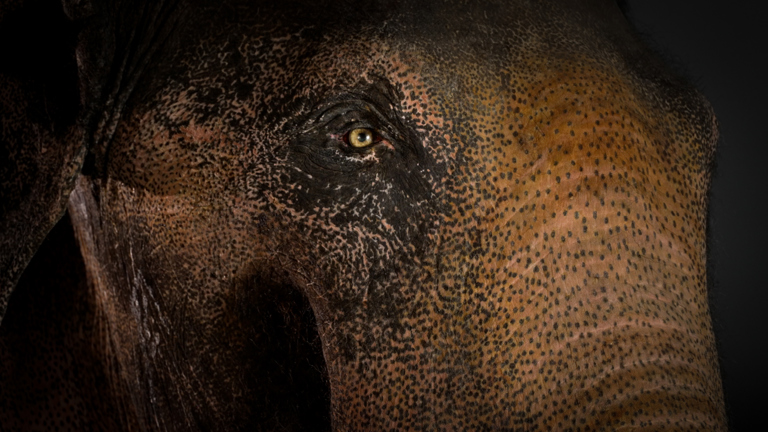Unboxing the museum: 19th-century hummingbird case
What weighs less than a 5 cent piece but is also a fighter pilot, fashion model and elite athlete? It's a hummingbird.
In the late 1800's the only way for most people to see animals and birds from other parts of the world was in museum displays. In the late 1800's this hummingbird display was built to house and display hundreds of hummingbirds collected from North and South America. The birds were changed by the museum taxidermists from study skins into the lifelike poses they are in today.
Dr Karen Rowe, Curator of Birds at Museums Victoria takes you inside Store H, the vertebrate dry collection at the museum. She tells us all about the history of the display case and details some of the most remarkable facts about hummingbirds.
Transcript
Hi, I'm Karen Rowe at Museum Victoria. And right now, we're standing in what we call Store H, or the vertebrate dry collection. Most of the things in this room are what we call study skins. But we have an amazing hummingbird case that we also store in this room.
Now study skin is a particular type of preparation, where an animal is preserved in a very specific way, so that they can be compared among each other. And that's the sort of skins that researchers will traditionally use when they're doing studies.
Now the hummingbirds you see in the case behind me didn't arrive at the museum in the same lifelike poses that you see. They actually arrived as study skins. Our own taxidermists actually changed the shape of them so that they looked more lifelike, and that's how they're displayed in the case.
Now this case comes from the late 1800s. Back then, it was normal practise to trade animals around, so people that lived in different parts of the world could actually see the diversity and beautiful animals that lived everywhere. Now the birds collected in this case would have been from North America and South America. A case like this on display in an Australian museum may have been the only time someone in the late 1800s would have had a chance to see a hummingbird.
Hummingbirds are like these little amazing balls of energy that are just constantly zipping back and forth. And some of them even have these spectacular dives, where they'll go way up in the sky. And then they'll just sort of drop down and make this little buzzing noise. And that's how you know they're there. Because you don't see them. They're so fast.
Hummingbirds are so small that they weigh less than five cent coin. Just the ultimate in terms of birds, they are elite athletes. They are fashion models. They are fighter pilots. They can do all of these things.
So hummingbirds are adapted to really fast and extreme lifestyle. They have the highest metabolism in any vertebrate. They fly faster than some jet planes can go. And they have some of the most beautiful colours. They're actually one of the few groups of birds that display such diversity in iridescence.
The colours that they have are just spectacular. And they're like little jewels that you can just-- every once in a while, they'll see a flash of them. And you know it's a hummingbird.
[MUSIC PLAYING]









